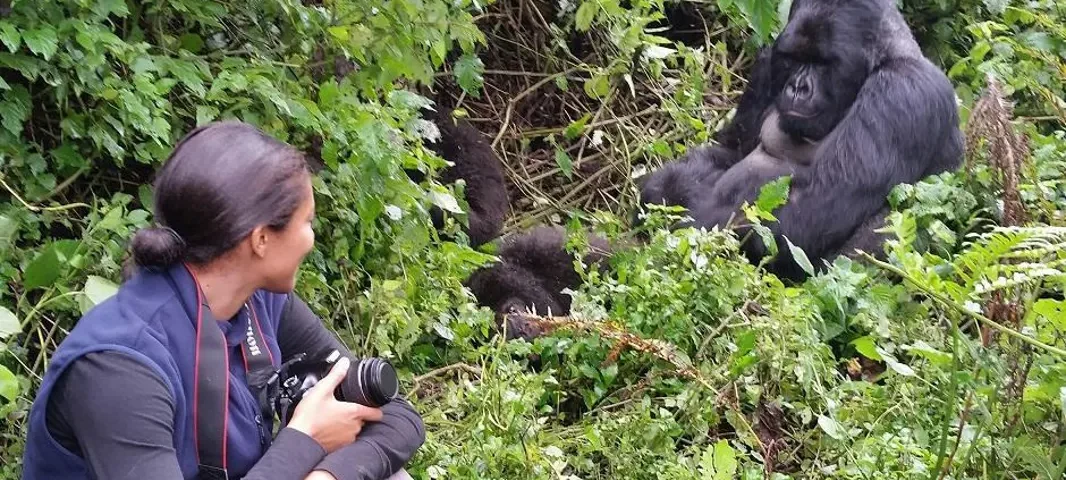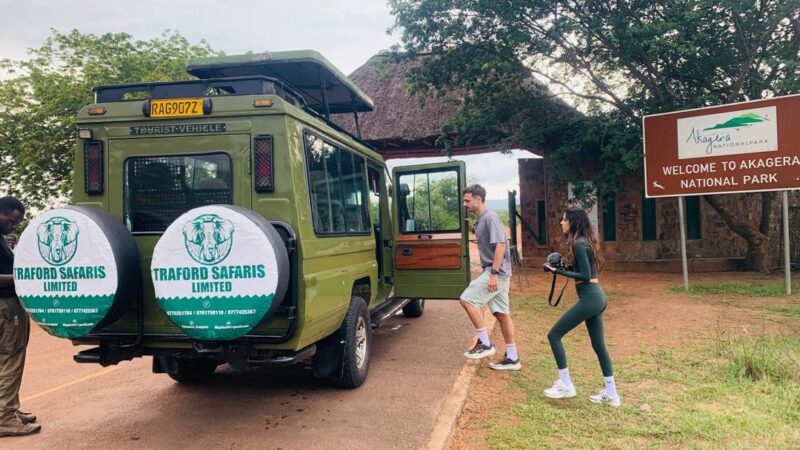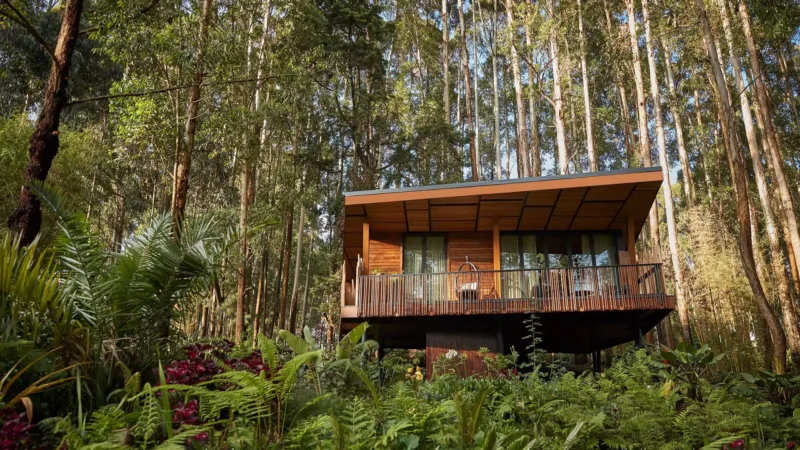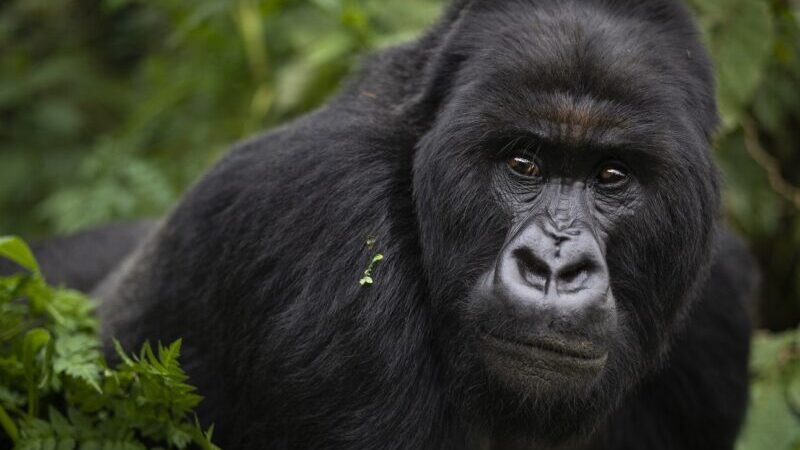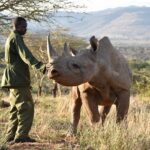
Safari Etiquette: 7 Do’s & Don’ts in the Wild
August 7, 2025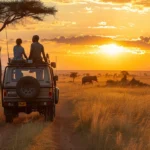
How Long Should a Safari Be?
August 7, 2025Gorilla trekking is one of the most profound wildlife experiences in the world. Coming face to face with a mountain gorilla family in their natural habitat is both humbling and exhilarating. Whether you’re trekking in Uganda’s Bwindi Impenetrable Forest, Rwanda’s Volcanoes National Park, or the Democratic Republic of Congo’s Virunga, proper preparation is essential to make the most of this once in a lifetime adventure.
Unfortunately, many first-time trekkers underestimate what the experience entails leading to mistakes that can affect not only their enjoyment but also the safety of the gorillas and their fellow trekkers. To help you get the best out of your trip, here are the top 5 mistakes travellers make on their first gorilla trek and how to avoid them.
1. Underestimating the Physical Challenge
The Mistake:
Many travellers arrive expecting a short walk into the forest and are caught off guard by the steep, muddy, and often unpredictable terrain.
Why It Happens:
Photos and marketing often focus on the magical encounter not the hours of hiking that come first. Depending on the location of the gorilla family you’re tracking, the trek can last anywhere from 30 minutes to over 6 hours round trip.
How to Avoid It:
-
Prepare physically in advance hike, walk, or train on uneven surfaces.
-
Carry walking sticks (usually provided by the park or porters).
-
Hire a local porter to help with your backpack; it supports the community and makes your hike easier.
-
Wear proper hiking boots with ankle support and grip.
Pro tip: Don’t worry about your pace rangers will go slowly and allow breaks, but being moderately fit will make the experience far more enjoyable.
2. Wearing the Wrong Clothing
The Mistake:
Showing up in shorts, bright clothes, or open shoes may look good on Instagram, but it’s impractical and unsafe in the forest.
Why It Matters:
Thick vegetation, thorny plants, stinging nettles, and biting insects are common in gorilla trekking zones. The weather can also shift from cool to rainy in minutes.
How to Avoid It:
-
Wear neutral-colored, long-sleeved shirts and trousers to protect your skin and blend into the environment.
-
Pack a lightweight waterproof jacket or poncho.
-
Avoid camouflage prints (illegal in some countries) and bright colors (which may attract insects or startle wildlife).
-
Bring gloves to protect your hands when grabbing vines or branches.
Pro tip: Tuck your trousers into your socks to avoid fire ants and small insects crawling up your legs.
3. Bringing the Wrong Gear or None at All
The Mistake:
Some trekkers carry too much, while others bring almost nothing both can lead to discomfort and missed moments.
Why It Matters:
You’ll need to be prepared for a range of conditions during the trek and the actual hour spent with the gorillas. The right gear will keep you comfortable, safe, and ready to capture the moment.
How to Avoid It:
-
Pack light but smart: bring water, insect repellent, sunscreen, a small camera or phone, and a snack.
-
Use a waterproof daypack with comfortable straps.
-
Carry extra batteries and memory cards if using a DSLR flashes are not allowed.
-
A hat and sunglasses may help during exposed trail sections.
Pro tip: Don’t forget to carry your gorilla permit and passport or ID they may be checked at the briefing point.
4. Ignoring Trekking Etiquette and Rules
The Mistake:
Some travellers unknowingly break key rules, such as getting too close to the gorillas, using flash photography, or making loud noises during the sighting.
Why It Matters:
Mountain gorillas are critically endangered and highly susceptible to human transmitted diseases. Park rules exist to protect them and ensure sustainable tourism.
How to Avoid It:
-
Maintain a minimum 7-metre distance from the gorillas even if they come closer.
-
Turn off your camera flash before the encounter.
-
Stay quiet, move slowly, and avoid pointing or sudden gestures.
-
Follow all instructions from your ranger or guide no exceptions.
Pro tip: If you’re feeling unwell, especially with a cold, flu, or stomach illness, it’s best to cancel the trek. Even one infection can be devastating to a gorilla group.
5. Focusing Only on the Gorillas, Not the Journey
The Mistake:
Many travellers rush through the hike or treat it as a nuisance, focusing solely on the gorilla sighting at the end.
Why It Matters:
The entire trek is part of the experience. The forest is alive with birds, butterflies, monkeys, unique plant life, and stunning vistas. Ignoring these elements means missing half the magic.
How to Avoid It:
-
Take time to observe your surroundings on the hike. Ask your ranger questions they’re full of knowledge.
-
Keep your camera out, but don’t forget to be present.
-
Take mental snapshots as well as physical ones some moments are best experienced directly.
Pro tip: Journaling your experience later that day or evening helps preserve the memories of not just the gorillas, but the entire adventure.
Final Thoughts: Prepare, Respect, Enjoy
A gorilla trek is not your average vacation activity. It’s a privileged experience made possible by decades of conservation work, local community engagement, and strict regulation. Avoiding these five common mistakes will not only enhance your personal experience it also helps protect the very animals you’re there to see.
At Traford Safaris, we offer expert guidance to prepare you thoroughly before your trek. From packing lists and local briefings to seamless logistics and eco conscious operations, we ensure your gorilla trekking journey is ethical, safe, and unforgettable.
Ready to meet the giants of the forest?
Let Traford Safaris take you there prepared, informed, and inspired.

